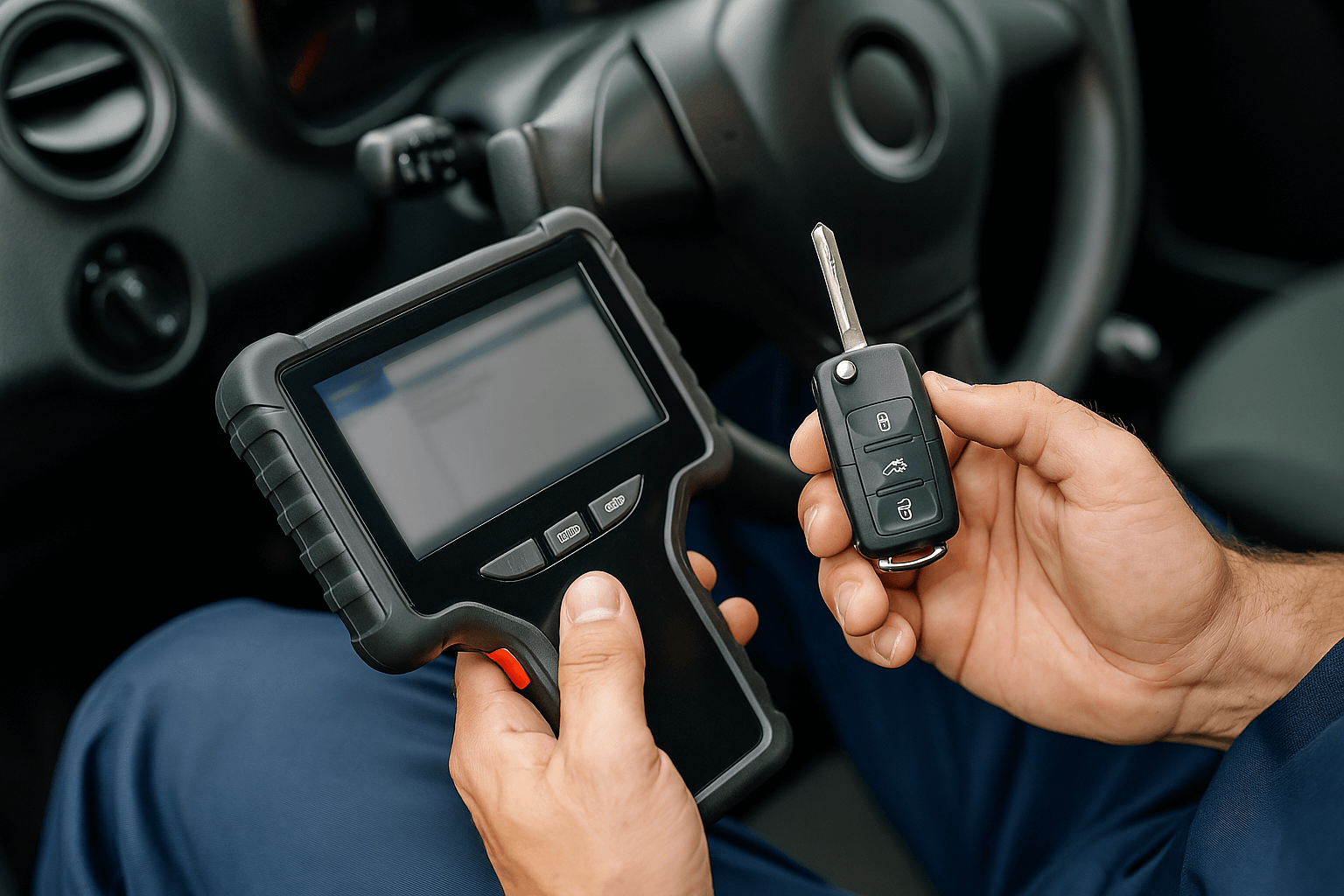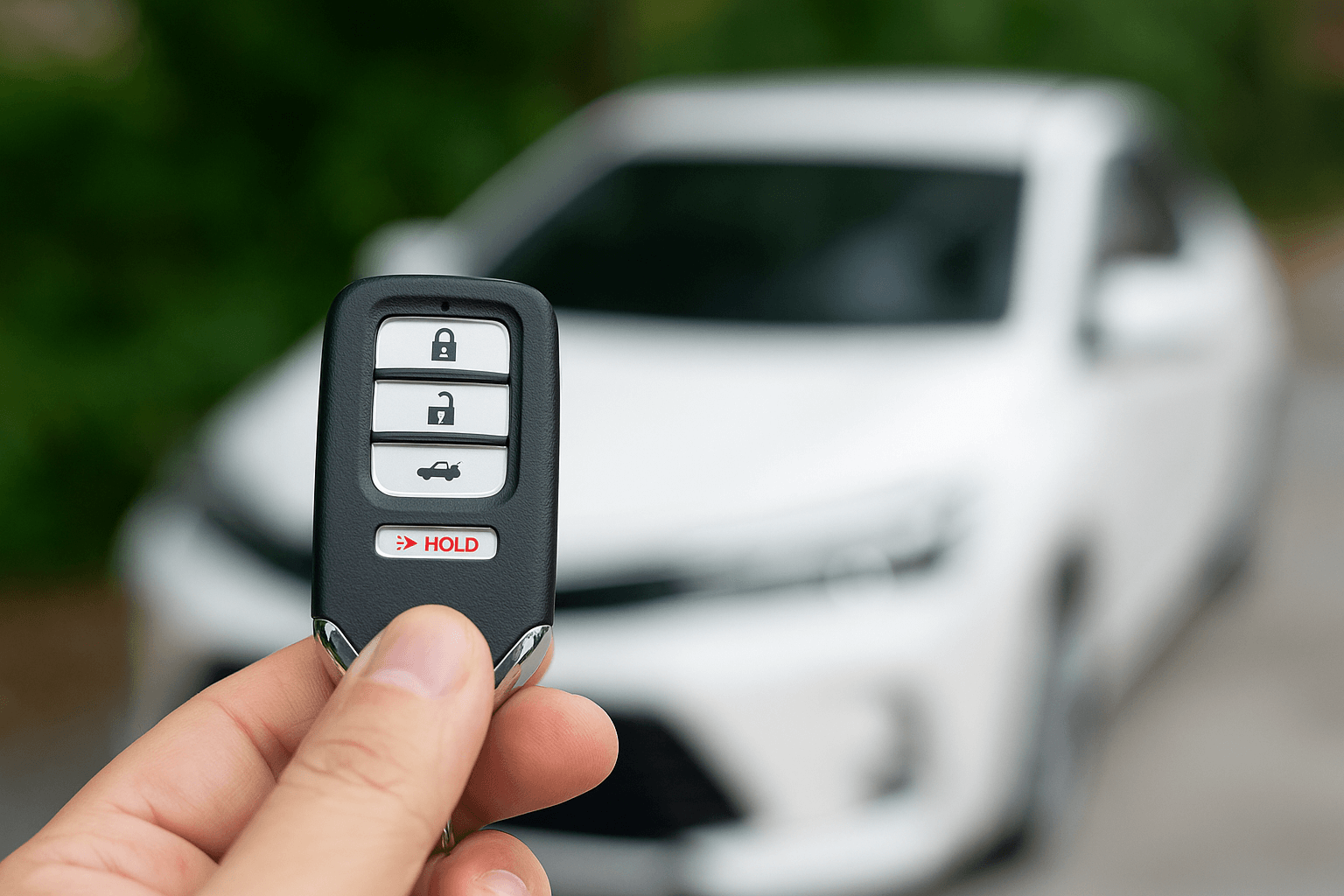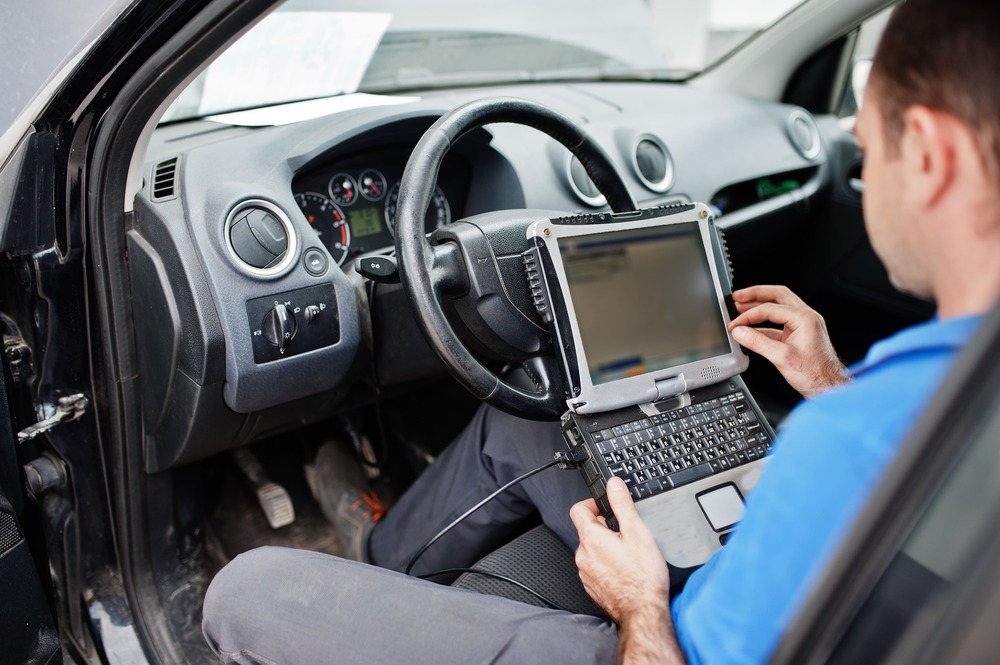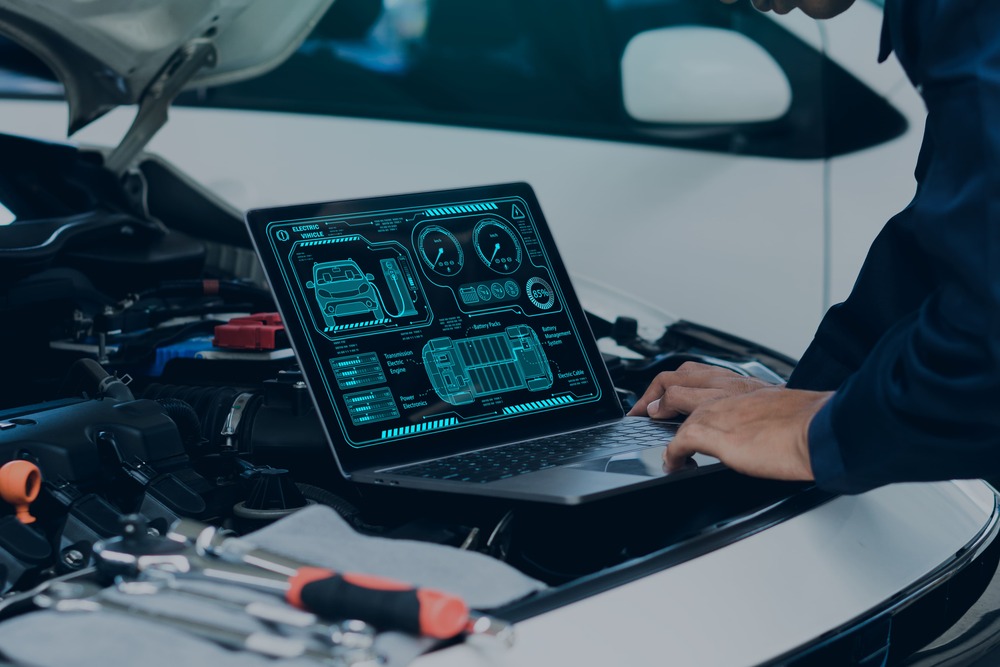Check Engine Light: Decoding the Mystery and Solving the Problem
The check engine light, an integral part of a car’s diagnostic system, can cause significant anxiety for vehicle owners when it illuminates. This light serves as a warning that something might be wrong with the vehicle’s engine or related components. The issue can range from a simple gas cap problem to more severe engine malfunctions. To understand the root cause of the check engine light, we need to dive deeper into the car’s computer system.
The vehicle’s computer system, also known as the Engine Control Module (ECM) or Powertrain Control Module (PCM), continuously monitors the performance of various sensors and components that are crucial for the engine’s proper functioning. When the system detects an anomaly or malfunction, it triggers the check engine light as an alert for the driver.
Call (305)860-1440 For 24/7 Service
Common Reasons the Check Engine Light Comes On:
- Oxygen Sensor Failure: The oxygen sensor measures the amount of unburned oxygen in the exhaust system and sends this data to the car’s computer. This information is crucial for the vehicle to adjust the air-fuel mixture for optimal performance. A failed oxygen sensor can lead to increased fuel consumption and emissions.
- Loose or Faulty Gas Cap: A loose or damaged gas cap can cause fuel vapors to leak, reducing the car’s fuel efficiency and increasing emissions. This is one of the simplest issues to resolve – simply tightening the gas cap can often turn off the check engine light.
- Catalytic Converter Failure: The catalytic converter reduces harmful emissions by converting exhaust gases into less harmful substances. A failed catalytic converter can lead to decreased performance and fuel efficiency and increased emissions.
- Mass Airflow Sensor Malfunction: The mass airflow sensor measures the amount of air entering the engine and helps determine the correct fuel-air mixture. A malfunctioning sensor can lead to poor engine performance, reduced fuel efficiency, and increased emissions.
- Spark Plug or Ignition Coil Issues: Faulty spark plugs or ignition coils can cause engine misfires, reduced power, and poor fuel efficiency.
How to Address a Check Engine Light:
When the check engine light comes on, the first step is to use a diagnostic scan tool to retrieve the trouble codes stored in the vehicle’s computer system. These codes will provide valuable information on what might be causing the problem. Once the issue has been identified, the next step is to address the specific problem. While some issues, like a loose gas cap, can be easily resolved, others may require the expertise of a professional mechanic.
FAQs:
Q: Can I drive my car with the check engine light on?
A: It depends on the severity of the issue. If the light is flashing, it indicates a serious problem, and you should pull over and call for assistance. If the light is steady, you should schedule an appointment with a mechanic as soon as possible.
Q: Can a check engine light turn off by itself?
A: Yes, if the issue is resolved or if it was a minor problem, the light might turn off by itself. However, it is still recommended to have the vehicle checked to ensure everything is functioning correctly.
Q: How much does it cost to diagnose a check engine light?
A: The cost of diagnosing a check engine light can vary depending on the mechanic or repair shop. Some shops offer free diagnostic services, while others may charge a fee. It is recommended to ask for a quote before proceeding.
In conclusion, the check engine light is a crucial component of a vehicle’s diagnostic system, serving as an early warning sign for potential problems. By understanding the common reasons for the light to come on and the steps to address it, vehicle owners can ensure their car continues to run smoothly and efficiently, preventing more severe and costly issues down the line.







